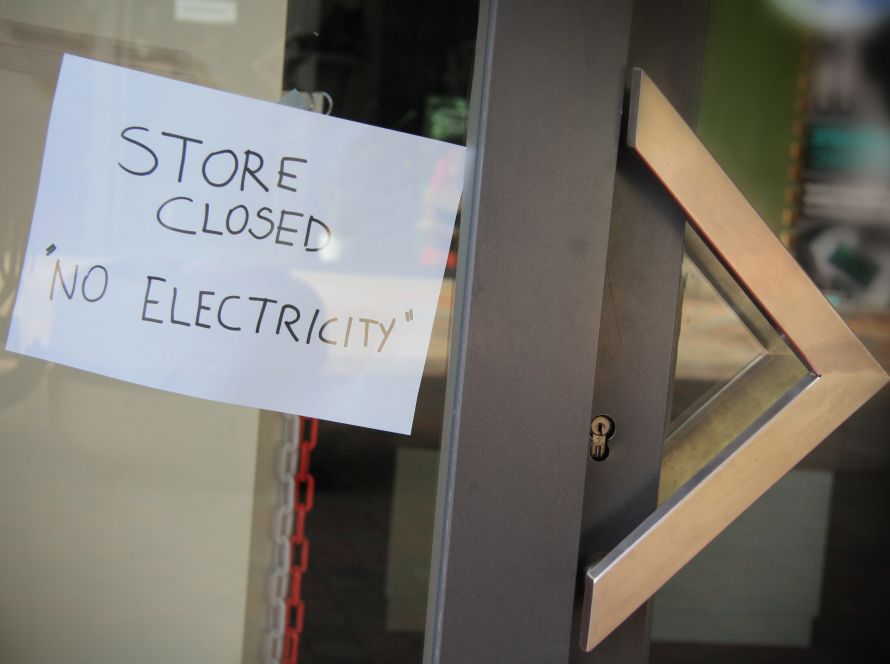In this evolving digital era, businesses are continuously striving to enhance their customer engagement strategies. A significant part of this endeavor is the adoption of sophisticated omnichannel communications. Among the various communication channels at their disposal, email remains a potent tool due to its widespread use and versatility. This article explores how businesses can effectively use email in omnichannel communications to foster better customer experiences and drive growth.
Table of Contents
Understanding Omnichannel Communications
Omnichannel communication refers to a customer-centric approach where companies interact with their customers across multiple touchpoints, ensuring a seamless and integrated customer experience. This approach is a paradigm shift from the traditional, siloed communication channels, enabling businesses to provide a consistent and personalized customer experience across various platforms, including websites, mobile apps, SMS, social media, email, and physical stores.
The Role of Email in Omnichannel Communications
Despite the proliferation of new-age communication platforms, email continues to be a robust and reliable channel in the omnichannel mix. With an estimated 4.03 billion users worldwide, the reach of email is unparalleled, making it a versatile tool for businesses to connect with their customers.
Emails offer a formal and professional mode of communication, suitable for delivering detailed information, personalized content, promotional offers, and transactional messages. They also provide an easy means to attach files, making them ideal for sharing documents or detailed information.
Moreover, email communications can be automated and scheduled, allowing businesses to maintain regular contact with their customers without requiring constant manual intervention. This aspect of email communication is particularly beneficial in managing customer relationships and nurturing leads.
Benefits of Integrating Email into Omnichannel Strategy
Integrating email into an omnichannel strategy offers several benefits:
Improved Customer Experience
Emails can be personalized to suit the individual preferences of each customer, enhancing the overall customer experience. They also provide customers with a convenient and non-intrusive means of communication, allowing them to engage with your business at their own pace.
Cost-Effectiveness
Email is a cost-effective communication channel. Unlike phone calls or physical mail, sending emails does not incur additional costs, regardless of the volume of emails sent or the geographical location of the recipients.
Enhanced Customer Engagement
Emails allow businesses to share engaging content such as newsletters, blog posts, or promotional offers, fostering sustained customer engagement.
Increased Customer Retention
Regular email communication helps keep your business at the top of your customers’ minds, encouraging repeat purchases and fostering customer loyalty.
Best Practices for Email Integration in Omnichannel Communications
Integrating email into an omnichannel communication strategy requires careful planning and implementation. Here are some best practices to consider:
Personalization
Ensure each email is personalized with the customer’s name and relevant account information. Personalization makes customers feel valued and increases the likelihood of them engaging with your emails.
Clear Subject Lines
Use clear and concise subject lines that reflect the content of the email. This practice helps improve open rates and prevents your emails from being marked as spam.
Professional Tone
Maintain a professional tone in your emails. This approach not only reflects your brand’s professionalism but also helps your messages come across as credible and trustworthy.
Compliance
Ensure your emails comply with all relevant regulations. For instance, your emails should include an option for recipients to unsubscribe from your mailing list, in compliance with the CAN-SPAM Act.
Email Vs. Other Communication Channels
While email continues to be a vital communication channel, businesses must also leverage other channels to provide a truly omnichannel experience. Here’s how email compares to some other popular channels:
Email Vs. SMS
While both email and SMS provide direct communication with customers, they each have their unique strengths. SMS has a higher open rate and is ideal for timely, short messages. On the other hand, email is more suitable for delivering detailed content and can include attachments.
Email Vs. Live Chat
Live chat provides immediate, real-time communication, making it ideal for addressing customer queries or issues promptly. However, it requires dedicated customer service personnel and may not be suitable for all types of interactions. Email, while not real-time, offers more flexibility and is a more scalable solution for businesses.
Email Vs. Social Media
Social media allows businesses to engage with their customers in a more informal and interactive manner. However, its reach is usually limited to the business’s followers on the respective platform. Email, in contrast, offers a more direct and personal line of communication and has a wider reach.
Implementing an Effective Omnichannel Email Strategy
Implementing an effective omnichannel email strategy involves several steps:
Identify Your Channels
Start by identifying the various communication channels your business currently uses. Consider whether there are any opportunities to enhance customer engagement, such as integrating live chat or social media into your strategy.
Develop a Consistent Brand Voice
Consistency is key in omnichannel communications. Ensure your brand voice is consistent across all channels, including email.
Timely Communication
Your communication across all channels, including email, should be timely. Customers should not have to wait for lengthy periods to receive responses to their queries or concerns.
Set and Understand Your KPIs
Set key performance indicators (KPIs) for each channel and communicate these to your team. Monitor these KPIs regularly to assess the effectiveness of your omnichannel strategy and make necessary adjustments.
Case Studies: Successful Omnichannel Email Strategies
Several businesses have successfully integrated email into their omnichannel communication strategies. Here are a few case studies:
Warby Parker
Warby Parker, an online retailer of prescription glasses, uses an omnichannel approach that includes email, social media, and in-app chat. For instance, after a customer virtually tries on several pairs of glasses, they receive a follow-up email reminding them of a free, at-home trial period for the pairs they liked. The customer’s interaction with the brand is consistent and personalized across all touchpoints.
TCN
TCN, a leading provider of cloud-based call center technology, uses omnichannel communication to deliver a better customer experience. They leverage email as a part of their omnichannel solution to connect with their clients and drive faster response times, resulting in more resolved concerns.
Looking Ahead: The Future of Email in Omnichannel Communications
As businesses continue to evolve their omnichannel communication strategies, the role of email is likely to remain significant. With advancements in technology, businesses can leverage automation and analytics to make their email communications more personalized, timely, and effective. In addition, as regulatory frameworks continue to evolve, businesses will need to ensure their email communications comply with relevant regulations.
Conclusion
In conclusion, integrating email into an omnichannel communication strategy can help businesses deliver a more personalized and seamless customer experience, drive customer engagement, and foster customer loyalty. While the landscape of customer communications continues to evolve, the importance of email as a reliable and versatile communication channel is undeniable.





















